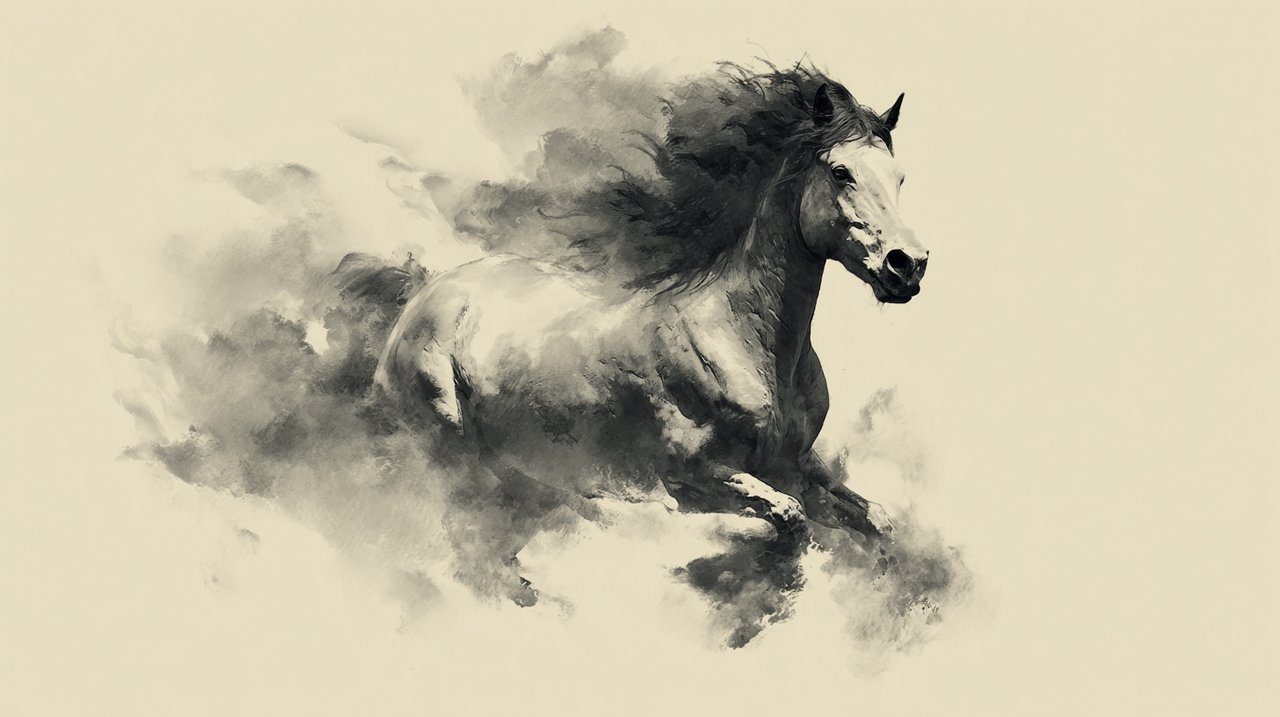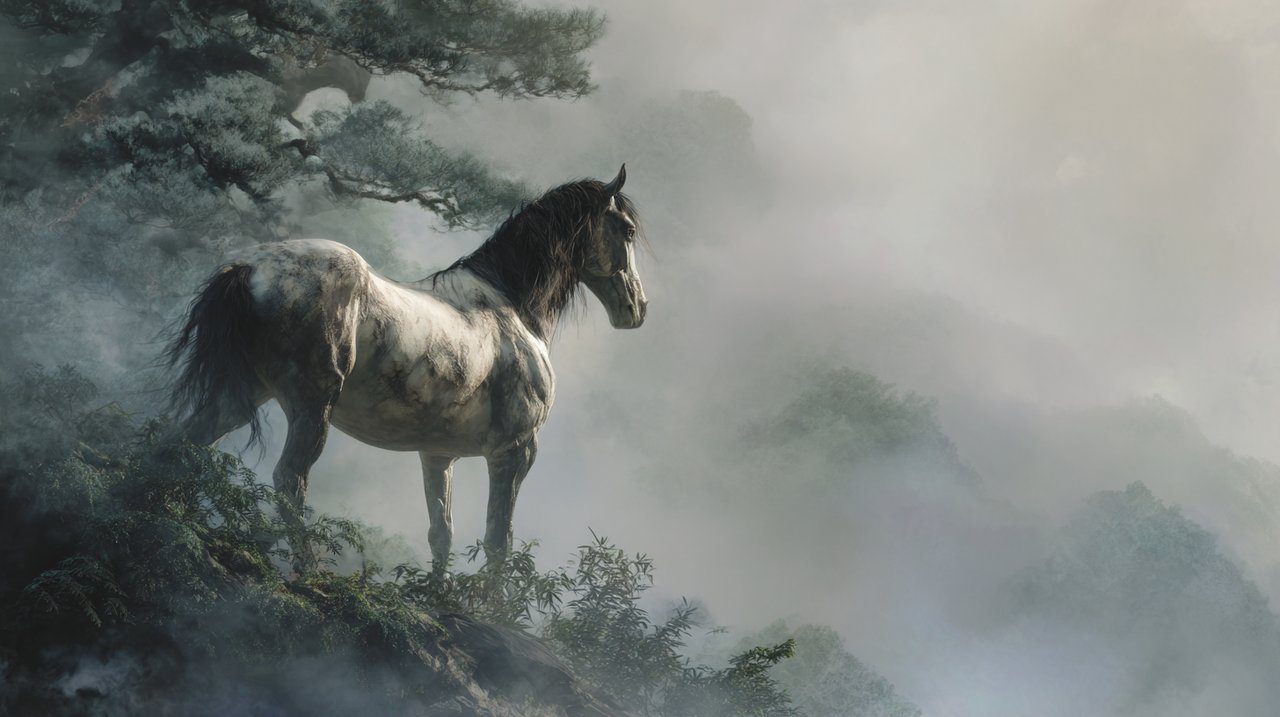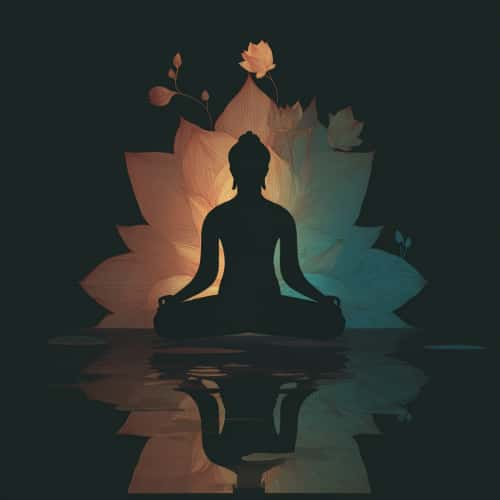Chinese Horse Painting: Discover the Energy and Significance Behind This Timeless Art Form
The ancient tradition of Chinese horse painting is more than just an art form; it’s a profound invitation to connect with the very essence of life’s vibrant energy. For over two millennia, from the Han Dynasty onward, these depictions of horses have transcended simple imagery. They have evolved into a beautiful medium for spiritual contemplation, embodying powerful ideals and dynamic energy.

The Journey of Chinese Horse Art: Origins and Evolution
The story of Chinese horse painting is as rich and enduring as China’s own history. Initially, these artworks served practical purposes, capturing the grandeur of imperial steeds and the might of military prowess.
However, over time, this art form deepened. It became a powerful vehicle for philosophical inquiry and refined aesthetic expression.
Dynastic Developments
- Tang Dynasty (618-907 AD): This era is often celebrated as the golden age for Chinese horse art. Master artists like Han Gan elevated horse painting to an unprecedented level of realism and spiritual depth. His iconic work, Night-Shining White, doesn’t just show the physical form; it beautifully captures the vibrant spirit of the emperor’s cherished horse.
- Song Dynasty (960-1279 AD): During this period, the focus gently shifted. Artists emphasized the horse’s inner vitality and unique character, often through more subtle brushwork and a deep appreciation for natural settings.
- Yuan, Ming, and Qing Dynasties: While artistic styles continued to evolve, the core reverence for the horse and its profound symbolic power remained constant. Artists explored a diverse range of techniques, from meticulous realism to expressive, almost abstract, ink washes.
The Artistry of Mediums
Traditionally, Chinese horse painting comes to life with ink and brush on silk or paper. The inherent fluidity of the ink allows for an astonishing range of expressions—from the powerful musculature of a galloping steed to the delicate, almost fleeting flicker of its mane.
The very choice of these natural mediums speaks to a deep connection with the earth, drawing from natural pigments and fibers. It’s a gentle reminder of our own connection to the world around us.
Symbolism and Energetic Resonance
Within Chinese horse art, the horse is much more than an animal. It stands as a potent symbol, imbued with layers of meaning that reflect the core tenets of Chinese philosophy and ancient wisdom.
These symbolic attributes are not merely intellectual concepts; they are believed to resonate energetically, subtly interacting with those who engage with the art.
In Chinese culture, the horse beautifully represents strength, speed, perseverance, nobility, and freedom. It is often associated with the element of Fire and the yang principle, signifying vitality, passion, and an indomitable spirit.
Cultural Significance
- Success and Achievement: The phrase "马上成功" (mǎ shàng chéng gōng), meaning "immediate success," directly links the horse with swift attainment of goals. This shows how deeply cultural symbols can shape our understanding of prosperity and fortune. A horse galloping forward often symbolizes a prosperous journey, guiding us toward our aspirations. What is a Lucky Number in China? Understanding Their Cultural Significance
- Loyalty and Devotion: Historically, horses were indispensable companions in battle and travel. They embody unwavering loyalty, a quality we often seek to cultivate in our own relationships and commitments.
- Freedom and Unrestrained Spirit: The image of a wild, untamed horse speaks to liberation and the pursuit of one’s true nature. It reminds us of the importance of living authentically, unbound by perceived limitations.
- Vitality and Qi : In Daoist thought, the horse embodies robust qi (life force or vital energy). Simply observing a well-painted horse can, for some, evoke a subtle sense of increased personal vitality and energy. This is not just an intellectual appreciation; it’s a gentle, energetic exchange, a quiet stirring within.

A Meditative Practice: Engaging with Horse Art
We invite you now to engage with Chinese horse painting not merely as an observer, but as a gentle participant in a sensory exploration. This practice can help you connect with the quiet energy and timeless wisdom these ancient artworks offer, fostering a deeper sense of inner strength and clarity.
Steps for Connection
- Preparation: Begin by finding an image of a Chinese horse painting that truly resonates with you. It could be a simple ink wash or a more detailed portrayal. Find a quiet space where you can be undisturbed. Gently close your eyes for a few breaths, allowing your body to settle and your shoulders to softly release.
- Visual Immersion: Open your eyes and allow your gaze to gently rest upon the painting. There’s no need to analyze or categorize. Simply observe the lines, the fluid flow of ink, and the implied movement. Notice the horse’s posture, its eyes, and the subtle tension or relaxation in its form. Allow your eyes to trace the contours of its inherent strength.
- Sensory Resonance: As you look, perhaps imagine the horse’s breath, its powerful stride. Can you feel a subtle echo in your own body? Perhaps a sense of groundedness in your feet, or a gentle stirring in your chest. If it’s a galloping horse, allow yourself to feel its dynamism; if it’s serene, embrace the stillness.
Notice where the energy of the painting seems to land within your own being. Is it in your core, your legs, or perhaps a sense of expansion in your mind?
- Embracing Qualities: Select one quality the horse embodies that you genuinely wish to cultivate within yourself—perhaps courage, freedom, or perseverance. As you continue to gaze at the painting, silently affirm this quality. For example, you might gently say, "I embody courage," or "My spirit is free." Allow the image to be a gentle reminder, a visual anchor for this intention.
- Integration: When you feel a sense of completion, gently close your eyes again. Take a deep, settling breath, and as you exhale, imagine the energy and qualities you have observed in the painting settling deeply within you. Offer a quiet moment of gratitude to the artwork for its silent guidance.
This practice, though beautifully simple, can be a powerful way to integrate the ancient wisdom of Chinese horse art into your daily life. By engaging your senses and intention, you transform simple observation into a moment of mindful presence, allowing the timeless energy of these works to gently uplift and inspire you.
Understanding the deep cultural and energetic significance of Chinese horse painting can open new pathways for appreciation and personal growth, much like exploring the profound meanings behind other spiritual concepts can deepen one’s understanding of life’s subtle energies. How To Understand Amituofo Meaning: A Guide To Its Power May your journey with these powerful symbols be one of quiet discovery and inner peace.
💡 Frequently Asked Questions
Chinese horse painting is considered a profound dialogue with the essence of life force, serving as a medium for spiritual contemplation and embodying powerful ideals rather than just simple representation.
In Chinese art and culture, horses symbolize strength, speed, perseverance, nobility, and freedom. They are also associated with the element of Fire, the yang principle, success, loyalty, and vital life force (qi).
The Tang Dynasty (618-907 AD) is often considered the golden age for Chinese horse art, with artists like Han Gan elevating the form to an unprecedented level of realism and spiritual depth.
Traditionally, Chinese horse painting utilizes ink and brush on silk or paper, allowing for a vast range of expressions.
One can engage by finding a resonating painting, preparing in a quiet space, visually immersing in the artwork, noticing sensory resonance, embracing a quality the horse embodies, and integrating the experience.








